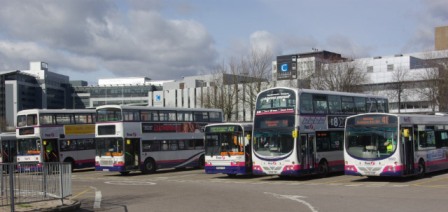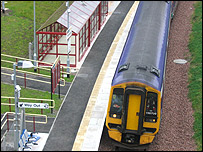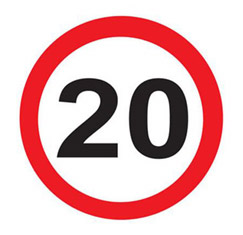
As the consultation on Rail2014 and the Edinburgh Glasgow Improvement Programme end, and we await the outcomes on station closures and the future of the Queen Street to Anniesland northern line, we might have thought that that the public fury over these threats to our public transport would have taught the SNP Government that people want public transport improved, expanded but definitely not cut.
But this week I received notice from First Group of a new threat by the SNP Government to bus services.
The Bus Service Operators Grant, administered by Transport Scotland, is paid to bus operators to enable them to run services which might not otherwise be commercially viable and keep fares down.
The Scottish Government has recently informed bus operators that, from 1st April 2012, it plans to reduce the budget for the Bus Service Operators Grant by around 20%. In addition, the Scottish Government is changing the method it uses to calculate payments to operators. The combined effect could have a far reaching impact on many bus passengers, particularly those who live and travel in areas like the Glasgow conurbation.
And among the consequences First Group warn of:
- Increased fares and a reduction in service levels – this is likely especially in cities such as Glasgow.
- Increased pressure on local authorities – it is likely that the reduction in support will make it more expensive for local authorities to support socially necessary bus services and school services as operators will face higher costs when operating contracts. In addition, local authorities may be asked to support more services that are no longer commercially viable.
The SNP are telling people to use public transport on the one hand and are then cutting transport funding on the other. The SNP have known for months from the bus operators themselves that the scale and the speed of these cuts would have a damaging impact on the bus network, and it’s simply not good enough to try to pass the blame and expect operators to maintain current services while cutting their grant.
People are already struggling to keep pace with the rise in the cost of living and this latest news of increasing bus fares and cuts in services will hit the pockets of those hardest pressed in society and do nothing to promote greater use of public transport.





 Land and Environmental Services have written to advise us of a programme to deliver new bus shelters in the ward.
Land and Environmental Services have written to advise us of a programme to deliver new bus shelters in the ward.